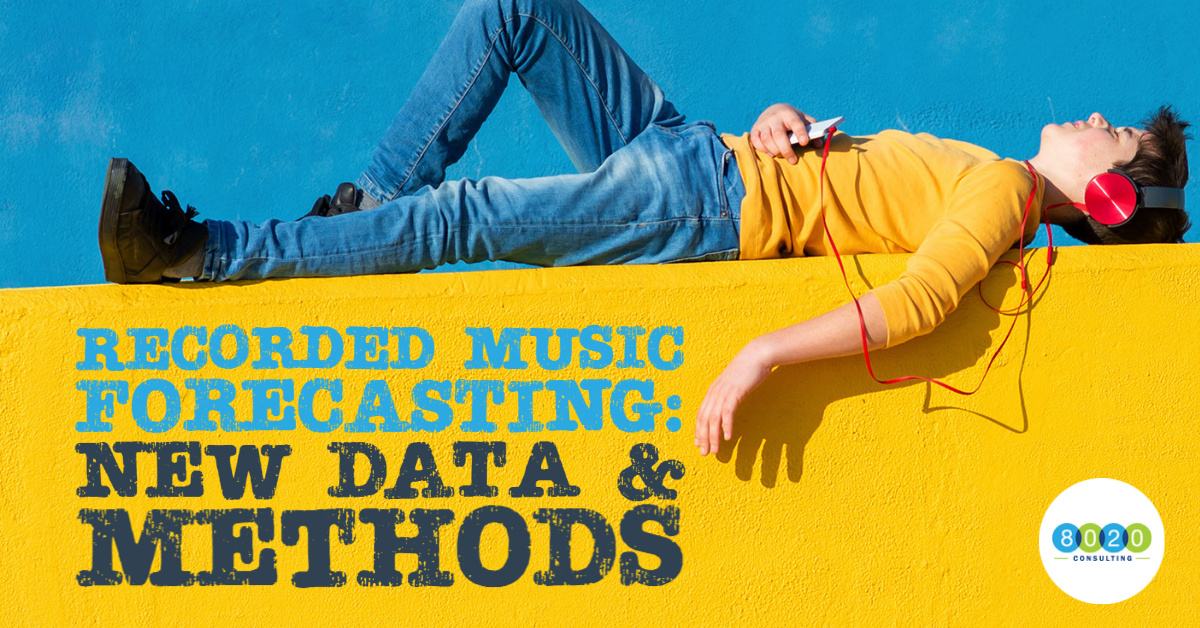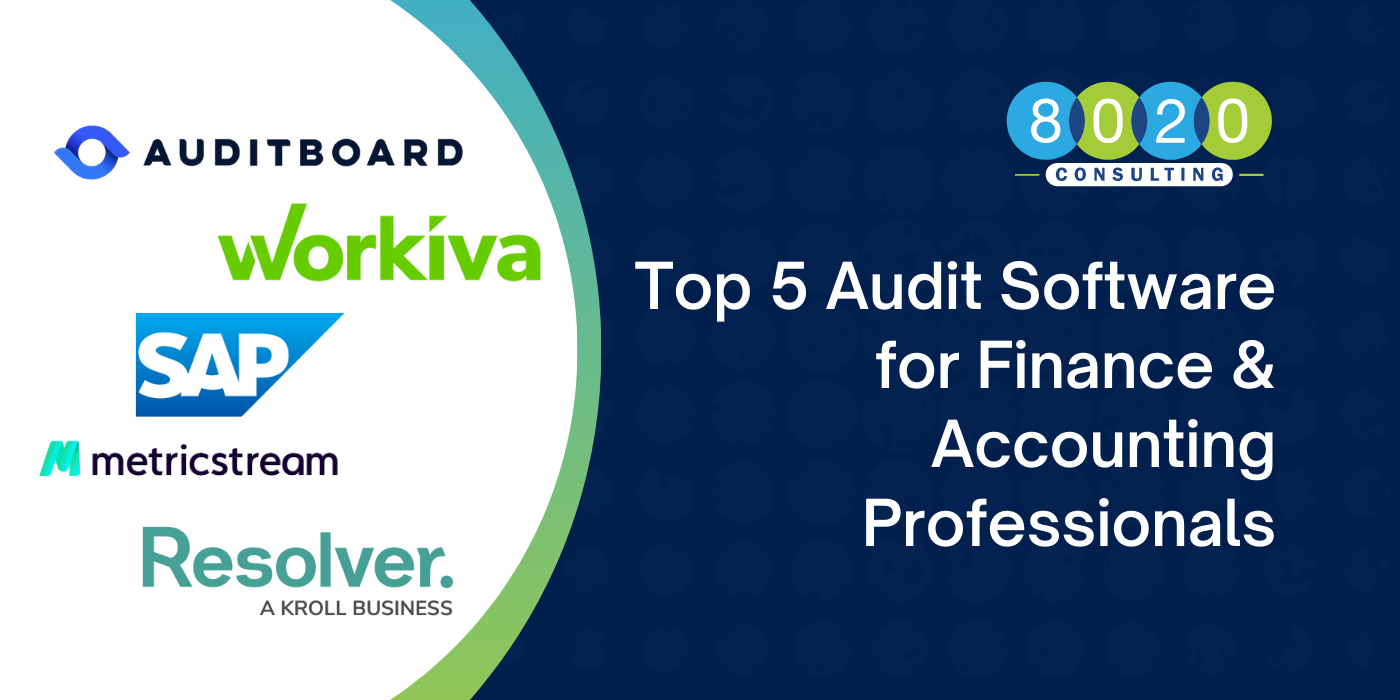
The recorded music industry is one of the fastest changing industries, and as a result, recorded music forecasting methodologies change constantly. The popularity of physical music ownership gave way to digital ownership of recorded music, which gave way to the streaming era and a new level of data and forecasting complexity. In the current environment, the challenge of bringing streaming data in-house in a scalable, usable way provides the FP&A department with a great opportunity. They have the chance to increase recorded music forecast accuracy in less time than previously possible.
In light of the expansion of data and complexity in this space, let’s review some of the new data available and how it impacts recorded music forecasting methodologies.
Data Needs and Opportunities
The most common data that already exists in any music company is traditional ERP or accounting system data. This data usually provides the units sold, the wholesale price and net revenue. FP&A needs some other data inputs from outside vendors to better generate a forecast.
Music Connect Data provides unit sales through retail stores and streaming services. Although Music Connect Data provides digital sales data, most music companies rely on royalty statements provided by digital vendors (e.g., Spotify, Amazon, Apple, etc.) because they have more detailed data. Digital vendors can provide units, price and the amount owed the music company for each sale. This data is very valuable for forecasting because it allows us to calculate historical Earnings Per Play Rate (EPPR), which is the average rate paid to the music company per stream of a song.
We need EPPR because streaming companies do not pay music companies per stream—because the customer pays a flat fee for unlimited streaming of a streaming company’s catalog. The streaming company then calculates the percentage of total times a song was streamed, and then it pays out based on that percentage of the total revenue collected and the royalty rate for that song.
EPPR helps make the forecast more accurate because we are not assuming a rate, as we don’t have easy access to the data. It allows us to have different rates for different streaming companies and change rates as necessary. This will help us better explain performance—now that we have detailed pricing per song.
In the past, FP&A departments would have to ask for help from the Marketing department to help get one static data dump of streaming data to build their pricing forecasts. Now, with new user-facing tools (e.g., Tableau, Looker), FP&A departments can get the detail they need to improve forecasting.
Challenges to Getting Data
As is often the case, the hardest part with collecting this data is convincing Management that this is necessary and cost effective. To collect data on every stream requires ingesting a very large amount of data as it has different formats per streaming company.
Another challenge will be parsing the data so that it can be linked with internal metadata for each song. Without the linking of internal metadata, it will be difficult to leverage the data collected. Examples of metadata that is needed to leverage streaming data include ISRC, UPC, MPM and Customer ID.
Another difficulty is collecting this data in a way that it can best serve all the stakeholders. Marketing’s needs won’t necessarily line up with Finance’s needs. By including FP&A departments early in the development of their data strategy, FP&A departments can increase their forecasting accuracy.
Want to learn more about stakeholder management? Check out this related article: “Sprechen sie Stakeholderitsch?” A Finance Consultant’s Notes on Stakeholder Management
Benefits from FP&A Inclusion in the Company’s Data Management Strategy
There are numerous benefits to including FP&A needs early into the company’s data management strategy. I have personally witnessed this approach improve forecast accuracy by 22% (Year Over Year), when comparing actuals to forecast accuracy. I’ve seen it improve music catalog forecasting by 36%, as we have increased visibility into the category via higher quality data queries. Also, variances are much easier to explain, as the new model is an all-in-one solution across all partners and revenue types. Actuals take about 70% less time to run into the file, as it is flattened out and keyed for ease when applying lookups with minimal to no further mapping required.
Since the forecast model has proven over time to be both accurate and transparent, it is currently used to calculate our annual stretch targets at the all-in level and as the source from which our international territories are building their guidance. Due to the speed with which the forecast can be generated, it gives everyone time to analyze and provide context to the forecast. This is in stark contrast to the past, where only the numbers were provided by the deadline. Generally, the FP&A Department spends much less time in a reporting mindset and far more on the analysis side. This allows us to provide much more added value than previously possible.
Subscribe for More Insights
If you’d like to learn more about finance and accounting topics from our team of Consultants, we invite you to subscribe to our blog. After a quick and easy signup, you’ll receive email notifications when we post new articles and resources.



